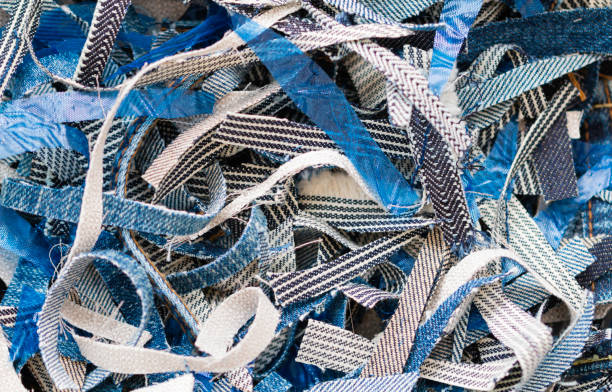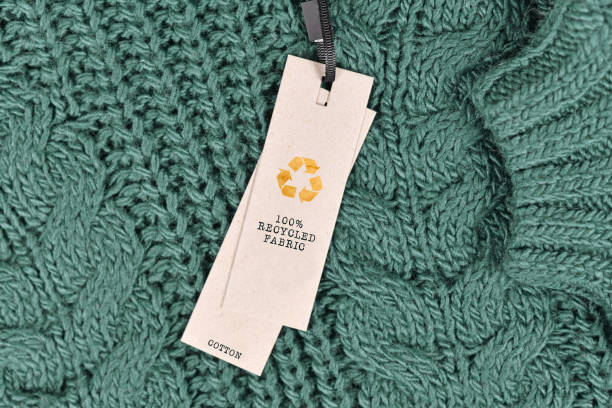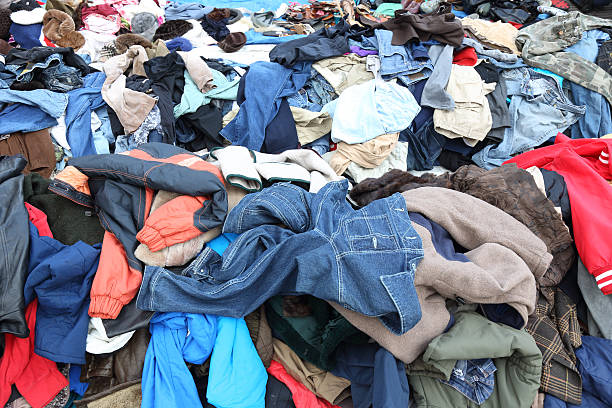The textile industry is one of the largest contributors to global waste, with millions of tons of textiles ending up in landfills each year. As environmental concerns rise, the need for effective textile waste management has never been more critical. This blog explores the challenges faced in managing textile waste and highlights innovative solutions that can pave the way for a more sustainable future.
Challenges in Textile Waste Management
- Volume of Waste
The sheer volume of textile waste is staggering. Fast fashion trends have led to an increase in clothing production and consumption, resulting in a significant amount of waste. Consumers often dispose of garments after only a few uses, contributing to the growing waste problem. - Complex Material Composition
Textiles are made from various materials, including natural fibers like cotton and wool, synthetic fibers like polyester, and blended fabrics. The diverse composition of these materials makes recycling and waste management complex and challenging. - Lack of Recycling Infrastructure
Many regions lack the necessary infrastructure to recycle textiles effectively. Existing recycling facilities are often insufficient to handle the volume of waste generated, and many textiles are not designed with recyclability in mind, further complicating the process. - Environmental Impact
Textile waste contributes to environmental degradation in multiple ways. Landfills are filled with non-biodegradable materials that release harmful chemicals as they decompose. Additionally, the production of new textiles consumes significant natural resources and energy, contributing to pollution and greenhouse gas emissions.
For more on sustainable textile materials, check out our blog on A Guide to Sustainable Cloth Materials.

Innovative Solutions for Textile Waste Management
- Recycling and Upcycling
Recycling and upcycling are crucial strategies for reducing textile waste. Recycling involves breaking down textiles into their raw materials and reusing them to create new products. Upcycling, on the other hand, transforms waste materials into items of higher value without breaking them down. Both methods help extend the lifecycle of textiles and reduce the need for virgin materials. - Circular Economy Models
Embracing a circular economy model is essential for sustainable textile waste management. In a circular economy, products are designed for durability, reuse, and recyclability. Companies are increasingly adopting practices such as take-back programs, where consumers return old garments for recycling or repurposing, thus closing the loop on textile waste. - Innovative Materials
Developing and using innovative materials that are easier to recycle or biodegradable can significantly impact textile waste management. For instance, companies are experimenting with materials like biodegradable polymers and natural dyes that have a lower environmental footprint.
For insights on fabric sourcing, visit our blog on A Guide to Fabric Sourcing.
- Consumer Awareness and Education
Educating consumers about the environmental impact of textile waste and promoting sustainable consumption habits can drive significant change. Encouraging practices like buying high-quality, durable clothing, repairing garments, and supporting brands that prioritize sustainability can help reduce the volume of waste generated. - Policy and Regulation
Governments and regulatory bodies play a crucial role in textile waste management. Implementing policies that promote recycling, regulate waste disposal, and incentivize sustainable practices can drive industry-wide change. Extended producer responsibility (EPR) programs, where manufacturers are accountable for the end-of-life disposal of their products, are an example of effective policy measures.

The Role of Technology
Technology is a powerful ally in the fight against textile waste. Advances in sorting and recycling technologies are making it easier to process mixed-material textiles. Innovations in digital printing and manufacturing processes can reduce waste by optimizing material usage and minimizing production errors.
For more on the manufacturing process, explore our blog on A Deep Dive into Yarn Manufacturing Process.
Conclusion
Managing textile waste is a complex but vital challenge for the future of our planet. By adopting innovative solutions, embracing sustainable practices, and leveraging technology, the textile industry can significantly reduce its environmental impact. Collaboration among manufacturers, consumers, policymakers, and innovators is key to creating a sustainable and waste-free textile future.
For high-quality fabrics and comprehensive sourcing solutions, visit locofast.com. Locofast is committed to providing cutting-edge textile solutions that meet the highest standards of quality and sustainability. Explore their website to learn more about their products and services, and discover how Locofast can support your journey towards a more sustainable textile industry.
